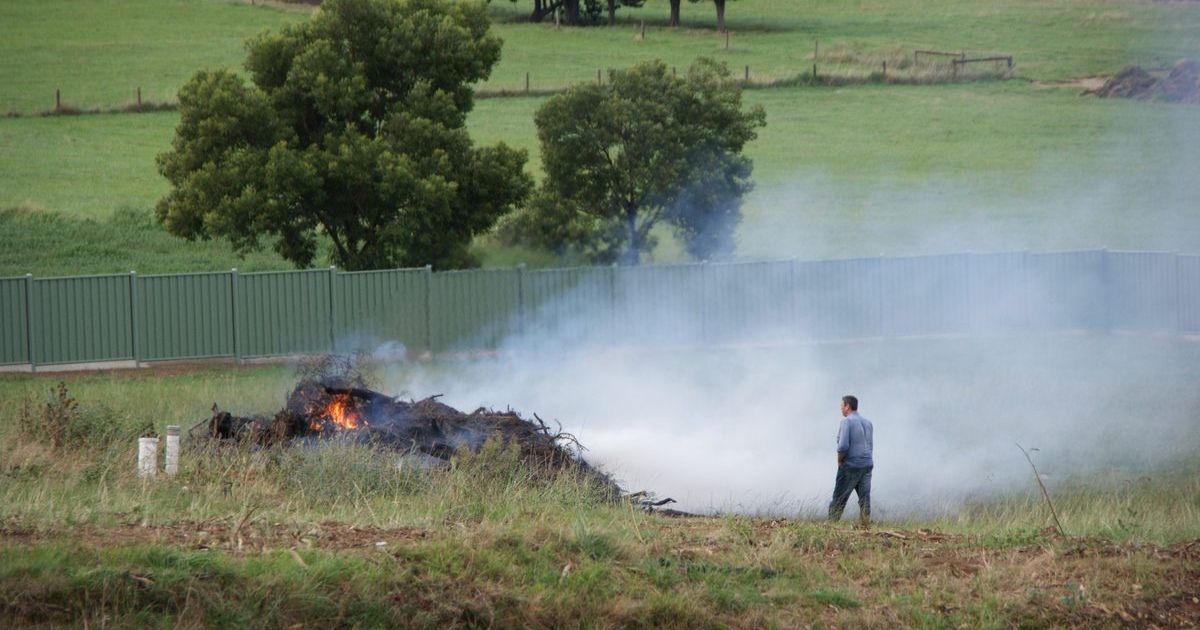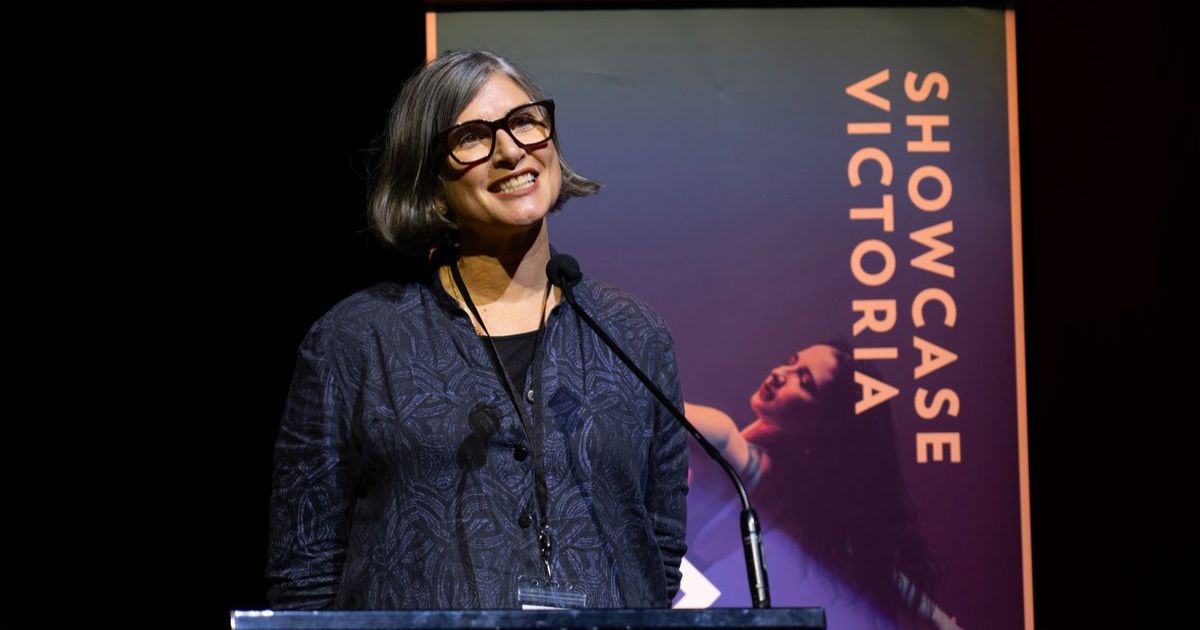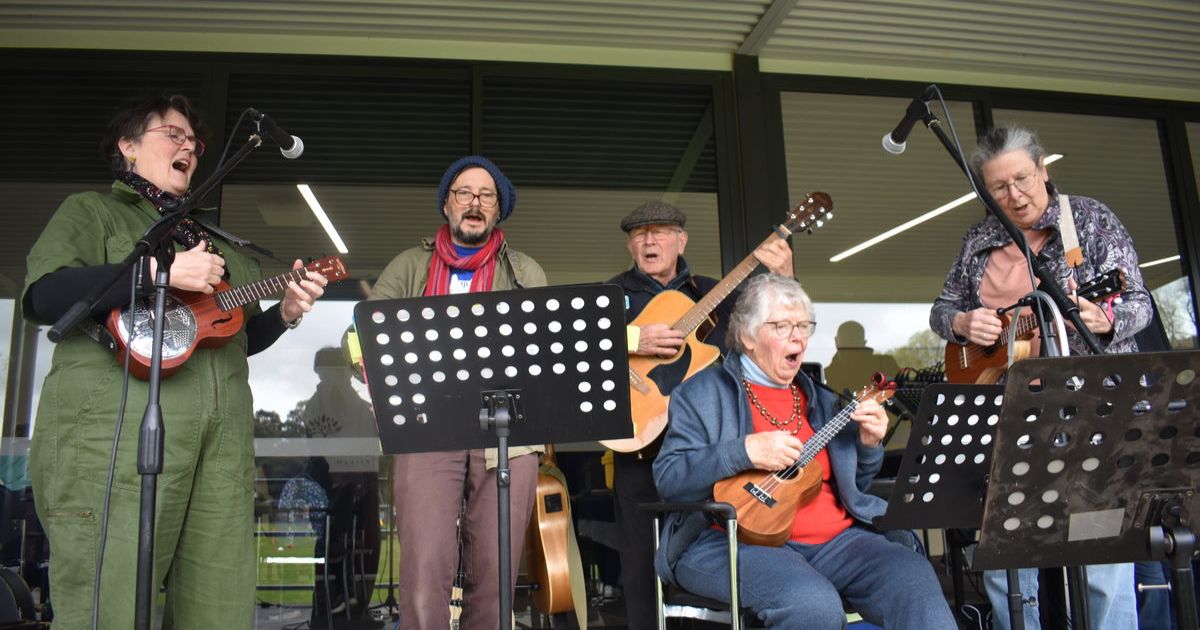Fruitful Victorians: Heathcote wine’s long-forgotten past

Cheers!: This 1866 engraving shows grapes being processed before pressing at a Victorian winery. Image: ROBERT BRUCE/STATE LIBRARY OF VICTORIA
SINCE the 1970s Heathcote has gained a reputation as a world-class producer of fine wine.
However wine grapes were being grown in the area more than a century earlier.
Swiss-born Hubert de Castella established one of Victoria’s earliest commercial vineyards in the 1850s, near Yering in the Yarra Valley, and the Heathcote region was not far behind.
In December 1864 the McIvor Times noted “We tasted a few days since some wine made by Mr Teal, of Moorabbee, from mixed grapes, and we have no hesitation in saying it that it was the best sample of colonial wine we have tasted and we believe that before long ‘Rose of Moorabbee’ will be a name which will command a certain amount of respect among connoisseurs.”
By 1867 the district’s grapes were a sought-after commodity.
“Mr Frank Golding of Caledonia Gully during the late autumn purchased nearly the whole surplus stock of grapes in this district and turned them into a really palatable and wholesome wine,” the paper reported.
“One thing we notice particularly in Mr Golding’s wine is the preservation of the flavour of the fruit which, our experience teaches us, is generally lost in colonial wine.”
The Heathcote wine industry continued to flourish and McIvor Times editor George Robinson, whose family owned a local vineyard, actively promoted it.
In 1891 Francis de Castella, son of Hubert and expert to the colony’s Board of Viticulture, visited the district.

He toured a number of properties, including Robinson’s.
“It may be worth mentioning that there are many hundreds of acres in the district that is regarded as too poor to grow anything, to carry a sheep to three or four acres, that would produce an excellent quality of wine,” the McIvor Times reported.
“Mr de Castella in his work in viticulture, recently issued, divides the colony into three regions, Heathcote being in the second, or middle, region, and it is pleasing to note that this region is capable of growing many of the best, if not the best, wine grapes.”
But this heady optimism would be crushed within a few short years.
In December 1896 Robinson noticed a small patch in his vineyard with markedly reduced growth.
A close inspection of some of the vines’ roots revealed a number of small insects.
“Mr Hopton, Government expert, at present engaged in the Strathfieldsaye district, where vines are being uprooted, paid a visit to the vineyard and verified the existence of phylloxera,” the McIvor Times reported.
Robinson’s affected vines were removed, but this was not the only threat faced by local viticulturalists.
The temperance movement was gaining ground and its fervent anti-alcohol message was taken up by a sizeable and vigorous local minority.
Heathcote’s rapid growth in the early 1850s, after the discovery of gold, saw countless sly-grog shops spring up and a parade of drunken miscreants regularly fronted the local magistrate’s court.
As the region grew, its breweries and vineyards multiplied and the temperance campaigners redoubled their efforts.
Most were followers of non-conformist protestant religions, such as Methodism, and the consumption of alcohol was portrayed as an inevitable downward slide into drunkenness and penury.
Temperance meeting reports featured in the McIvor Times from the 1860s, with the movement gaining ground in the following decades.
It was arguably at its peak when phylloxera appeared, and this double threat was enough to send the local wine industry into hiatus for several decades.

















